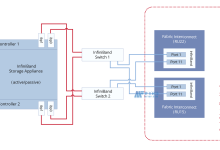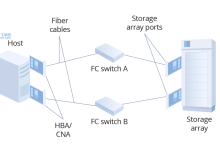linux Hive is one of the most powerful open source cluster computing frameworks. It enables users to store large data sets (called “hive tables”) on the cluster and operate on them with a SQL-like syntax called HiveQL. With Hive, users can quickly analyze and process massive amounts of data in real-time.
The Hive system is composed of a series of components which allow easy manipulation of data stored in distributed file systems. At the centre of the system is the Hive metastore, which is responsible for storing the metadata associated with hive tables. This metadata includes the location of files and any related column information. Hive also includes a query execution engine, which allows users to query and analyze data stored in the cluster. HiveQL is used to compose queries, and the query engine will optimize the query before execution.
Additionally, Apache Hive supports data transformation for data cleansing, aggregation, and feature engineering. It supports popular data sources such as relational databases, NoSQL databases, and HDFS storage systems. Hive also supports a wide range of file formats like CSV, JSON, Parquet, ORC, Avro and ASCII.
One of the most powerful features of Hive is Hive UDFs (User-defined functions). These allow users to write custom functions to process data in the cluster. An example of a UDF could be a custom function to clean up data before it is inserted into a hive table. The UDFs can be implemented in any language such as Java,python, and JavaScript.
When writing UDFs, it’s important to note that any changes made in the cluster need to be performed atomically, otherwise you may end up with inconsistent data. Hive also has built-in security features to prevent malicious access to the cluster. These include authorization, authentication, data encryption, and secure tunneling.
Hive provides an impressive set of capabilities for users looking to explore the power of distributed computing. Users can quickly set up a cluster and start analyzing and transforming data with HiveQL and built-in functions. Hive UDFs also provide users with a way to build custom functions to optimize data operations in the cluster. Additionally, the security features of Hive ensure secure access to the cluster resources. All of this combined makes Hive a powerful and versatile technology.

 国外主机测评 - 国外VPS,国外服务器,国外云服务器,测评及优惠码
国外主机测评 - 国外VPS,国外服务器,国外云服务器,测评及优惠码









